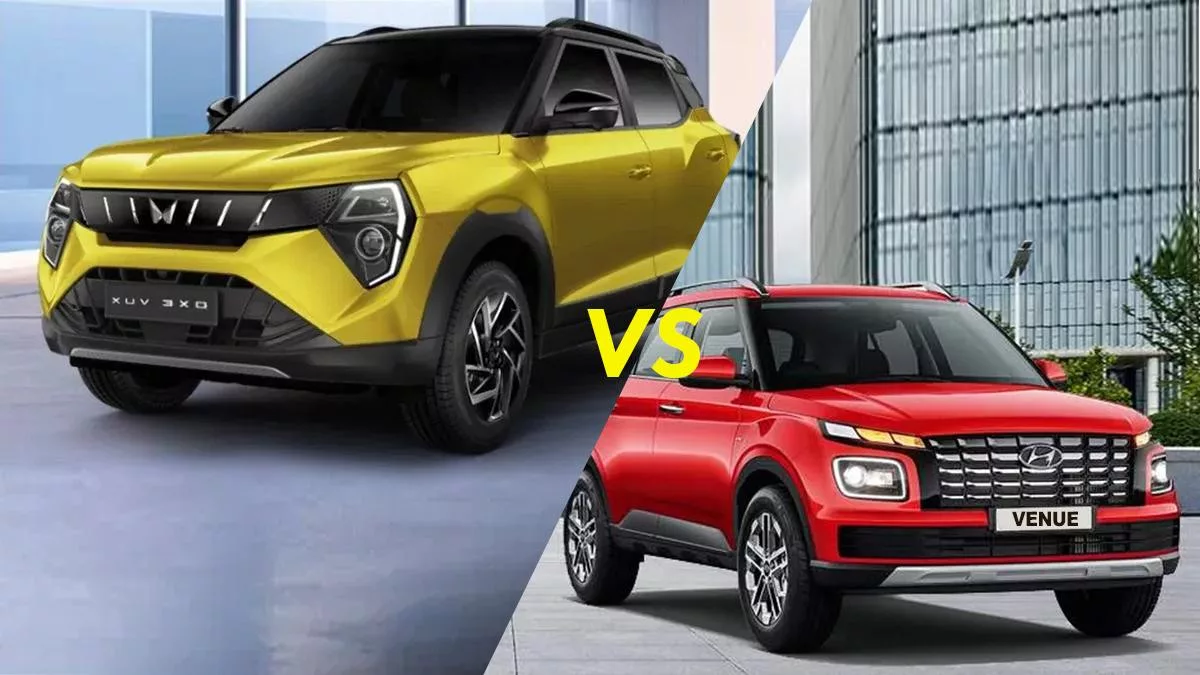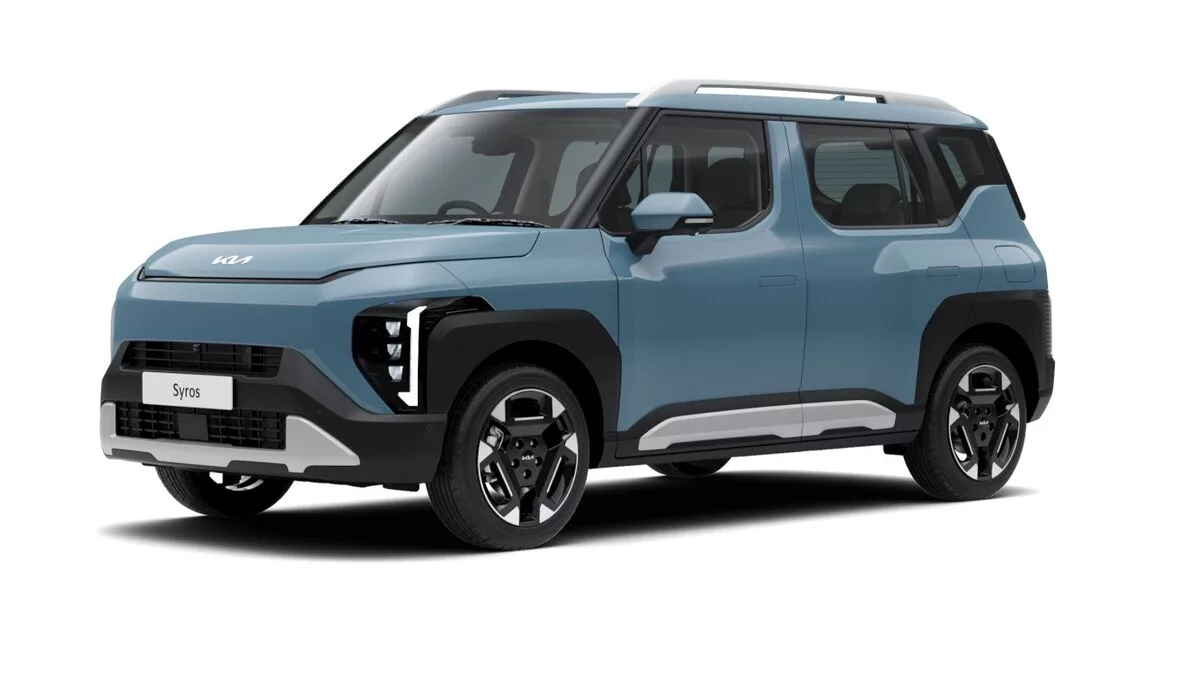Compact SUVs are currently the hot segment in India. This segment came into the picture, thanks to Ford’s long-gone EcoSport which dominated the space during the initial years. Meanwhile, other carmakers got wind of this booming segment leading to the rise of the Tata Nexon, Hyundai Venue, Kia Sonet, Mahindra XUV300 and many more. Now, compact SUVs are thriving, crunching into sales of hatchbacks and even sedans. The Hyundai Venue and the Kia Sonet are the two popular SUVs from this segment and coming from the same banner, they have a lot in common. In fact, that would be an understatement, as they are pretty much the same cars under the skin.
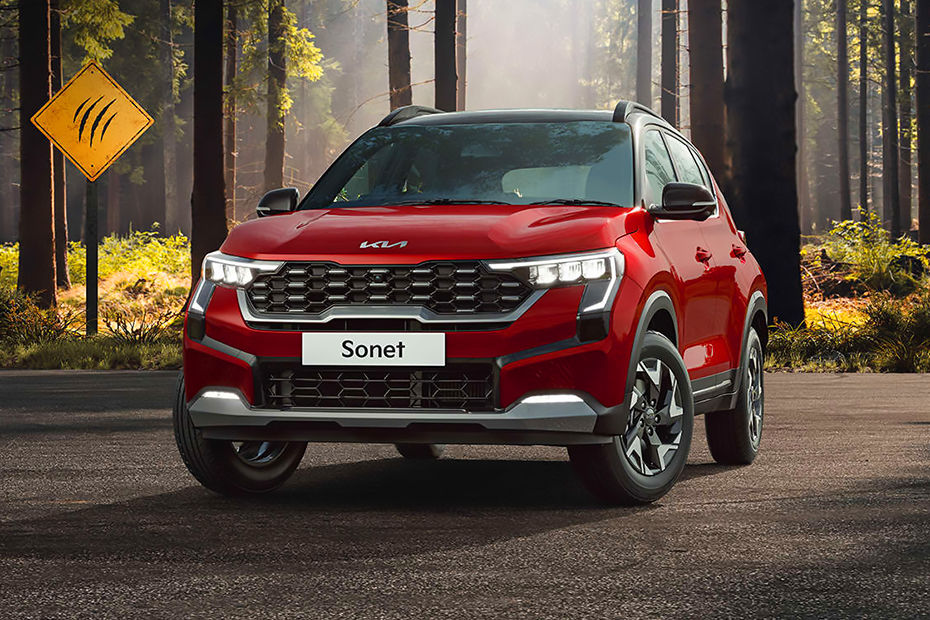
The Hyundai Venue debuted first and it is a comprehensive compact SUV that ticks all the boxes without fail. On the other hand, the Sonet builds on the Venue’s USP with premium features and design, pitching it as a premium alternative. For what appears to be the same car underneath, the Venue and the Sonet look and feel vastly distinct – a shining example of badge-engineering done right. Look at the prices, and the differences seem more obvious, Kia’s asking anywhere between Rs 7.99 to Rs 15.69 lakhs for the facelifted 2024 Sonet while you can get a Venue between Rs 7.89 lakhs and Rs 13.48 lakh (both ex-showroom).
Therefore, a buyer looking for a compact SUV today will definitely be in a dilemma with these SUVs. It comes down to the question as to whether you should fork out more for the premium Kia Sonet or put your money down on the sensible Hyundai? Let’s put that to rest.
Kia Sonet Vs Hyundai Venue: Dimensions
Dimensions | Kia Sonet | Hyundai Venue |
Length | 3995mm | 3995mm |
Width | 1790mm | 1770mm |
Height | 1642mm | 1617mm |
Wheelbase | 2500mm | 2500mm |
Ground Clearance | 205mm | 195mm |
Boot Space | 392 litres | 350 litres |
In terms of dimensions, the Hyundai Venue and the Kia Sonet should be similar on paper at least since they are both underpinned by the same chassis. But the numbers tell another story. The Sonet is the wider and taller car here, albeit not by a huge margin. Both cars share the same wheelbase and length for obvious reasons. That said, moving on to the ground clearance and boot space, the gap between these compact SUVs widens. The Sonet has a clear lead with 205mm of ground clearance and 392 litres of boot space, as opposed to 195mm and 350 litres of the Venue. The extra boot-space of almost 50 litres is a game-changer in this segment, and should influence your decision if it will be important to have that extra room for more luggage.
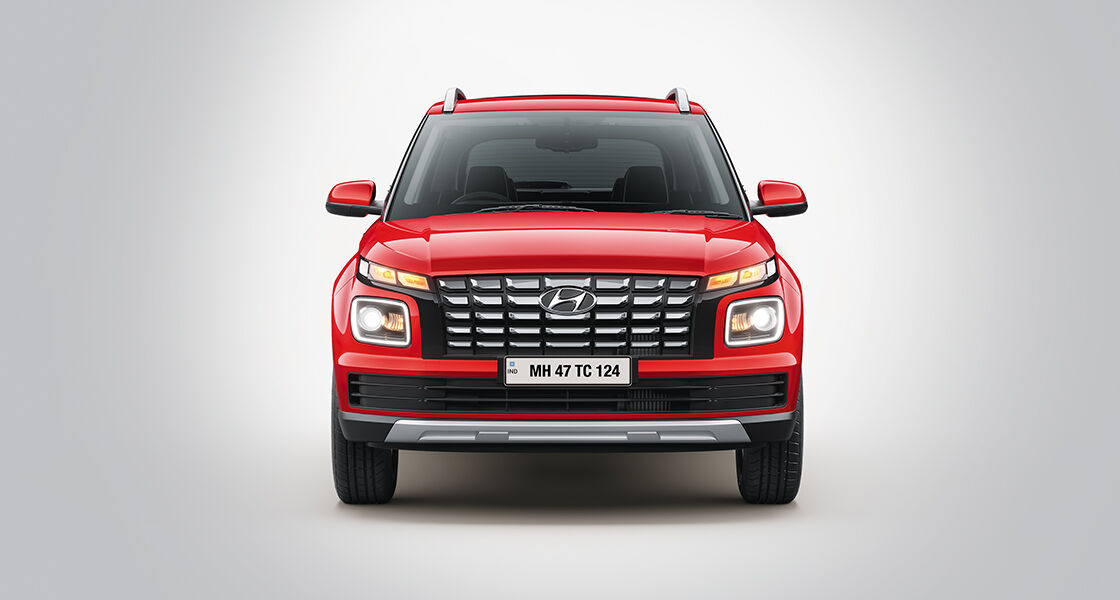
Overall, the Kia Sonet clearly edges ahead of the Hyundai Venue when it comes to dimensions. In terms of design, both SUVs follow a distinct approach, and both look the part for a sub-4m SUV. Both SUVs also received a facelift, which uplifted their design to current standards.
Kia Sonet Vs Hyundai Venue: Engine & Transmission
Parameters | Kia Sonet | Hyundai Venue |
Engine Options | 1.5-litre diesel, 1.0-litre turbo petrol, 1.2-litre petrol | 1.5-litre diesel, 1.0-litre turbo petrol, 1.2-litre petrol |
Transmission Options | 6-speed AT, 7-speed DCT, 6-speed iMT, 5-speed MT | 6-speed AT, 7-speed DCT, 6-speed iMT, 5-speed MT |
Power | 83PS/120PS/116 PS | 83PS/120PS/116 PS |
Torque | 115Nm/172Nm/250Nm | 115Nm/172Nm/250Nm |
Mileage | 18.2 kmpl to 19.0 kmpl | 18.31 kmpl to 24.20 kmpl |
This is where this comparison gets tricky. The Hyundai and the Kia are powered by the exact same 1.5-litre diesel, 1.0-litre turbo petrol, 1.2-litre petrol engine developing 116PS, 120PS and 83PS of power. They are also mated to the same set of gearbox options and these include a 6-speed manual, 5-speed manual, 6-speed iMT and a range-topping 7-speed DCT. Any sort of comparison is out of the window as the numbers are identical. Hyundai and Kia have managed to offer potent engine-gearbox combinations for the Venue and the Sonet. The turbo petrol is the pick if you lean towards thrills, while the diesel is a punchy and economical offering. The base petrol engines are exactly what you expect them to be, no-nonsense and suited to the urban crawl. The only differentiation comes down to the claimed fuel economy figures. Hyundai claims the Venue can deliver anywhere between 18.31 kmpl to 24.20 kmpl against Kia’s claim of 18.2 kmpl to 19.0 kmpl. In brief, both the sub-4m SUVs offer class-leading performance, and you won’t go wrong with either of the choices when it comes to engine and gearbox.

That said, if you want a sportier version, Hyundai offers the Venue N-Line which ups the cool quotient with extra add-ons and some performance to boot.
Kia Sonet Vs Hyundai Venue: Features & Comfort
Features | Kia Sonet | Hyundai Venue |
Infotainment system | 10.25-inch infotainment system | 8.0-inch touchscreen infotainment system |
Music system | Yes | Yes |
Climate control | Yes | Yes |
Ventilated seats | Yes | No |
Adjustable steering | Yes | Yes |
Drive modes | Yes | Yes |
Instrument cluster | Digital | Digital |
Sunroof | Single Pane | Single Pane |
Adjustable seats (manual or electric) | Electric | Electric |
Rear AC vents | Yes | Yes |
60:40 rear seat split | Yes | Yes |
Cruise control | Yes | Yes |
The Hyundai Venue and the Kia Sonet are fairly identical in terms of the features on offer as well. But look closer, the Kia emerges the winner. All the essential features are offered on both SUVs without fail. Some of these include a digital driver’s display, sunroof, cruise control, touchscreen audio system, connected car features, climate control, and drive modes. But the Kia has some tricks up its sleeve which is missing in the Hyundai. For instance, although both offer a touchscreen unit, Kia has a bigger 10.25-inch unit as opposed to the 8.0-inch unit of the Venue. The Kia also offers ventilated seats, a premium Bose sound system, and an air purifier.
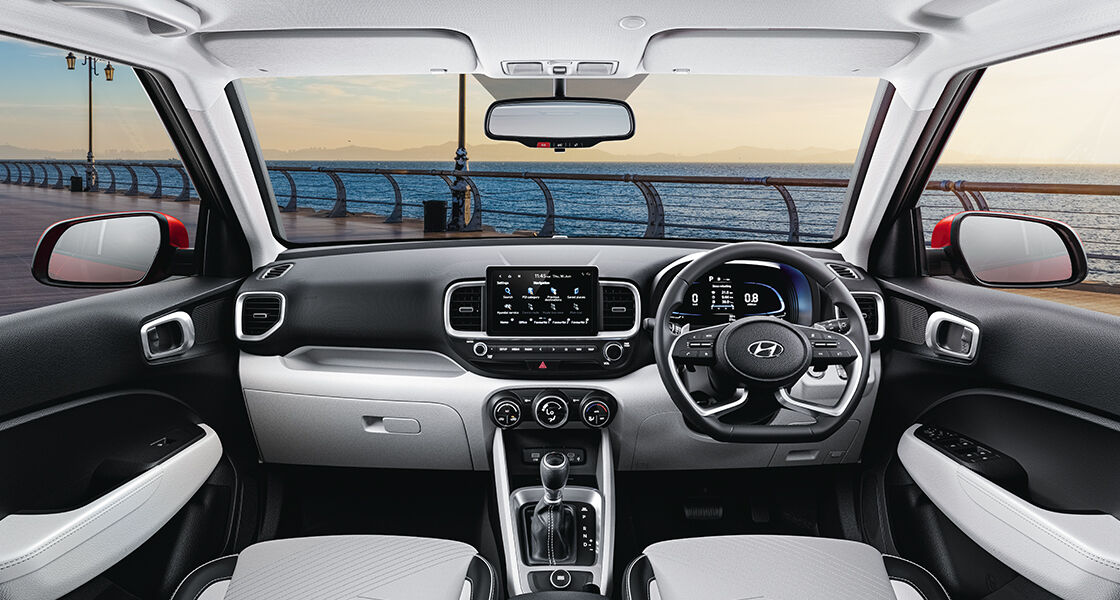
If you go by the full picture, the Kia Sonet has a slight advantage as it packs some extra goodies that lend it that premium feel.
Kia Sonet Vs Hyundai Venue: Safety Features
Features | Kia Sonet | Hyundai Venue |
NCAP Safety Rating | Not Tested | Not Tested |
Airbags | 6 airbags standard | 6 airbags standard |
ABS with EBD | Yes | Yes |
ESC | Yes | Yes |
Traction control | Yes | No |
Automatic headlamp | Yes | Yes |
Rain-sensing wipers | No | No |
Hill hold assist | Yes | Yes |
Hill descent control | No | No |
Rear sensors | No | No |
Rear parking camera | Yes | Yes |
ISOFIX Child seat anchor points | Yes | Yes |
ADAS | Yes | Yes |
The Hyundai Venue scored a respectable 4-stars in the Australian NCAP but this was the pre-facelift model and the Venue sold in Australia is different from the car sold in India. Considering that, both these SUVs are yet to be tested by any other crash test body, and we are looking forward to the Bharat NCAP ratings. In terms of safety kit, these SUVs come with enough and more with 6 airbags as standard along with the usual host of features such as ABS with EBD, ESP, etc. The Venue offers ADAS and that gave it an edge over the Sonet. However, with the 2024 facelift, Sonet also comes with the inclusion of ADAS features. Infact, the Sonet offers more ADAS features than the Venue. Apart from that, the Sonet also offers some more kit in the form of traction modes and disc brakes on all 4 wheels. The Venue also offers disc brakes on all 4 corners but that is only limited to the N-Line variant as of now.

There are some hits and misses with both these SUVs but generally, they offer the same level of safety until proven otherwise by a crash test score. So till that happens, both these sub-4m SUVs are neck to neck in terms of safety features.
Kia Sonet Vs Hyundai Venue: Price Comparison
Variants | Kia Sonet | Hyundai Venue |
Base Variants | Rs 7.99 lakh | Rs 7.94 lakh |
Mid Variants | Rs 8.79 to Rs 12.60 lakh | Rs 9.11 to Rs 11.53 lakh |
Upper Mid Variants | Rs 12.99 to Rs 15.50 lakhs | Rs 12.27 to Rs 13.44 lakhs |
Top Variants | Rs 15.69 lakh | Rs 13.48 lakh |
Considering the premium image and extra features, we expect the Kia Sonet to be more expensive throughout all variants. However, the base variants of the Sonet are actually more affordable than the Hyundai Venue. The margin is not much, but still if you are looking at the entry-level variants of both cars, the Sonet might be a good option. Move away from that, it is obvious the Venue undercuts the Sonet by more than Rs 1.0 to Rs 1.5 lakh for most variants. For example, the range-topping Venue is clearly Rs 2.21 lakh more affordable than the Sonet making it an excellent choice. This is the case with mid and upper mid variants as well, where the Venue is more affordable than the Sonet. Again, this doesn’t come as a surprise as Kia pitches the Sonet as a premium alternative with more features and flamboyance.
Summary
For what are essentially the same cars underneath, with the same platform, same engine and gearbox options, there’s a lot to differentiate here. The Hyundai Venue and the Kia Sonet might be two sides of the same coin, but there’s more to it than it meets the eye. The Sonet is arguably the better SUV in terms of dimensions as the numbers are on its side and it offers more ground clearance and crucially, more boot space. In terms of engines and gearbox options, they are identical on paper and a good old test drive is the only way to figure out which works best for your needs. When we move on to features, the Kia again leads with some additional features. However, this doesn’t mean the Venue is far behind, and the misses are something you can definitely live with.

Both sub-4m SUVs are also closely matched in terms of safety leaving not much to differentiate between. Finally, it all comes down to the pricing. The Hyundai Venue’s upper variants and the price difference of around Rs 2 lakh is something that you cannot look past. If you like to save that sort of money without missing out on much, the Hyundai Venue is a fantastic compact SUV that does everything. If budget is the least of your worries, and you prefer a premium experience and the added convenience of extra features, the nearest Kia dealership awaits you. That said and done, we highly suggest a detailed test-drive of both SUVs as this will help you make an informed decision that you won’t regret.


